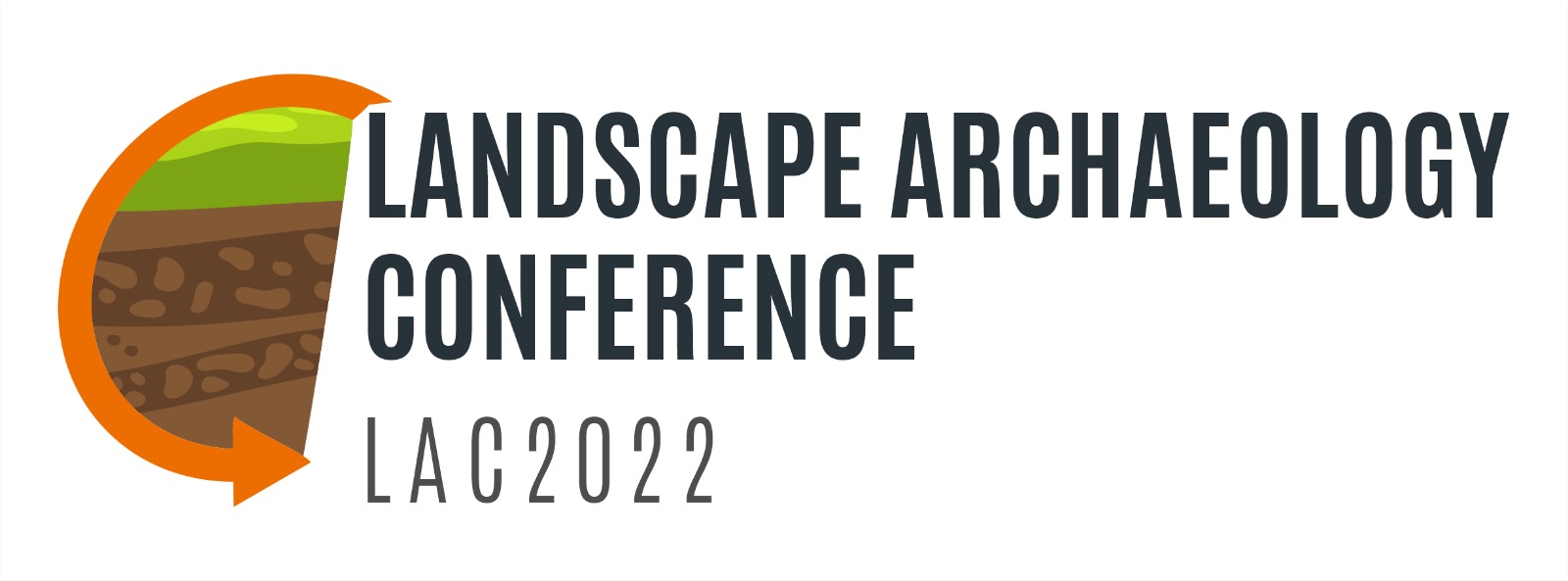Context for human habitation dynamics over the Holocene in the north-eastern Romanian lowlands provided by Dersca-Lozna palaeoenvironmental archive and morphometric analysis
Main Article Content
Abstract
Humans have always impacted on global land cover and climate for millennia and the climate and environmental conditions have always been main factors for human settlement dynamics. This study focuses on a potential record of environmental history derived from the investigation of sediments recovered from the Dersca peatbog (47.938167 N, 26.260835 E) that could explain the context for human habitation dynamics over the Holocene in the north-eastern Romanian lowlands, an area that has been heavily impacted anthropologically. The core presents a continuous peat profile from the last 9000 cal. yr BP. Archaeological studies carried out in the area (8km buffer around the core site) contributed to reconstruct the human habitation dynamics. The archaeological sites were grouped based on relevant factors into categories such as slope, proximity to major waterways and relief, underlining the evolution of preferred environmental conditions for settling. It is known that human communities had some specific factors in mind when settling in an exact spot that changed throughout the time periods.


